Natural and Enhanced Remediation Systems
ISBN: 9781566702829 出版年:2001 页码:442 Suthersan, Suthan S CRC Press
Hazardous Wastes Pollution and Evolution of Remediation Introduction The Concept of Risk Evolution of Understanding of Fate and Transport in Natural Systems Evolution of Remediation Technologies References Contaminant and Environmental Characteristics Introduction Contaminant Characteristics Environmental Characteristics References Monitored Natural Attenuation Introduction Approaches for Evaluating Natural Attenuation Patterns vs. Protocols Processes Affecting Natural Attenuation of Compounds Monitoring and Sampling for Natural Attenuation References In Situ Reactive Zones Introduction Engineered Anaerobic Systems Engineered Aerobic Systems In Situ Chemical Oxidation Systems Nano-Scale Fe (0) Colloid Injection within an IRZ References Phytoremediation Introduction Chemicals in the Soil-Plant System Types of Phytoremediation Phytoremediation Design References Constructed Treatment Wetlands Introduction Types of Constructed Wetlands Microbial and Plant Communities of a Wetland Wetland Soils Contaminant Removal Mechanisms Treatment Wetlands for Groundwater Remediation References Engineered Vegetative Landfill Covers Historical Perspective on Landfill Practices The Role of Caps in the Containment of Wastes Conventional Landfill Covers Landfill Dynamics Alternative Landfill Cover Technology Phyto-Cover Technology Phyto-Cover Design Cover System Performance Example Application Summary of Phyto-Cover Water Balance General Phyto-Cover Maintenance Activities Operation and Maintenance (O&M) Schedule Specific Operational Issues References Appendix A: Physical Properties of Some Common Environmental Contaminants Appendix B: Useful Information for Biogeochemical Sampling Appendix C: Common and Scientific Names of Various Plants


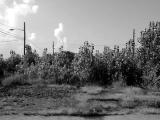

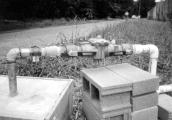

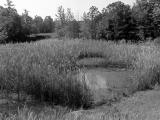
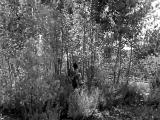
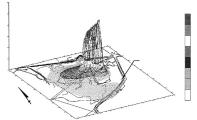
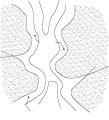



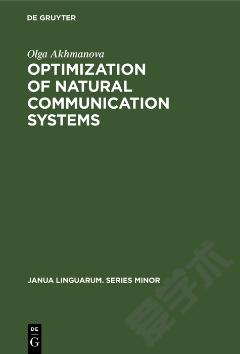


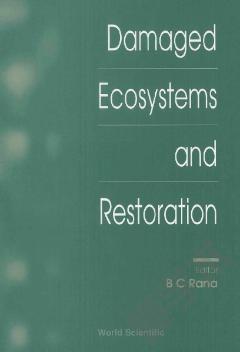

 京公网安备 11010802027623号
京公网安备 11010802027623号